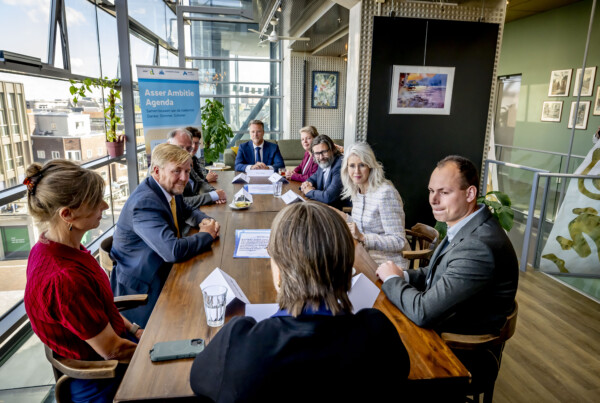As architects, our lives revolve around drawing lines. Consider the amount of thought we put into choosing the right line weight, type and colour, and how we dutifully abide by drawing conventions to ensure the information we are trying to express gets adequately communicated. The lines we draw in our imaginations have the power to change and convey visions for a room, a home or an entire city. Laura Minca – Atelier Umbra
At the same time, we’re prolific abstract thinkers, adept at using the power of our mind, of communicating in possibilities and having the flexibility to work around challenges. These skills sit at the forefront of our approach to any design brief thrown at us.
So how come we have so much difficulty accommodating lines when it comes to work-life balance? Research confirms what is already perceived, that women disappear from the profession as they get older. The imbalance in care-giving responsibilities creates a significant financial gap between primary and secondary caregivers, making it increasingly challenging for mothers to thrive in a corporate environment, often stalling or interrupting their career trajectory. Nevertheless, the gender equity
discussion is multifaceted. Long working hours and a lack of flexible working arrangements are among the most common reasons also impacting the ability of fathers working in the sector to take on shared parenting responsibilities.
For many parents, both men and women, life before the pandemic created the space for most of these roles to coexist independently, starting with the physical act of leaving one’s home to go to work. The past two years showed us just what happens when these areas of our lives spill into each other, when the dams break and our mental and physical spaces have to recalibrate quickly to face a new situation. And in that sense, the pandemic has been a great leveller. Perhaps for the first time in a while, fathers and mothers alike have had to face the storm together and shoulder the shifting of these boundaries together.
Architecture also has to ask itself why it is perceived as a family-unfriendly profession and what it can do to change that. The lack of flexibility in work-life balance is deeply unattractive to a younger generation, both men and women. And if you want to attract the best, you need to realize that your firm’s culture may be pushing out those who do not see architectural practice and parenthood as an either/or condition. – Despina Stratigakos, Pinch.Point Architect Interview
The dissipation of boundaries also came with upsides, such as talent networks widening beyond the locale or creating inter-disciplinary networks that bring new expertise and views to the practice to address global issues more efficiently. And with this kind of recalibration, a big shift in how people work has been embraced by employers. The move to a hybrid work scheme for architects will break that traditional mould. It will be a new and important objective to ensure employees are given the flexibility to work when and where they want and the tools they need to contribute equally from wherever they happen to be. Balancing work and family demands could also imply being more structured with home-based work and working hours, breaks, and family time integrated to fit together. One thing is clear – supporting working parents has never been more important.
This is also the time for parents to become vocal about their needs, and allow employers to become aware of what these are. So, approach your employer with a plan or proposal that explains how it could benefit the firm in the long run, or take the leap to start your own firm. Most importantly, grab that pen and start making your own marks across the paper while letting others in on the bigger picture. Ultimately, it’s about understanding that every person has other responsibilities which should be understood as part of their life. The world will not fall apart if we recognize and work around them.
Atelier Umbra’s Laura Minca designs and remodels bespoke homes, holiday retreats and boltholes in harmony with the windswept coastal dunes and wooded landscape of South Holland / Zeeland. She is also the enthusiastic founder of Pinch.Point Architect, a digital platform of inspiration, mentorship and support for women practicing in the field of architecture.



